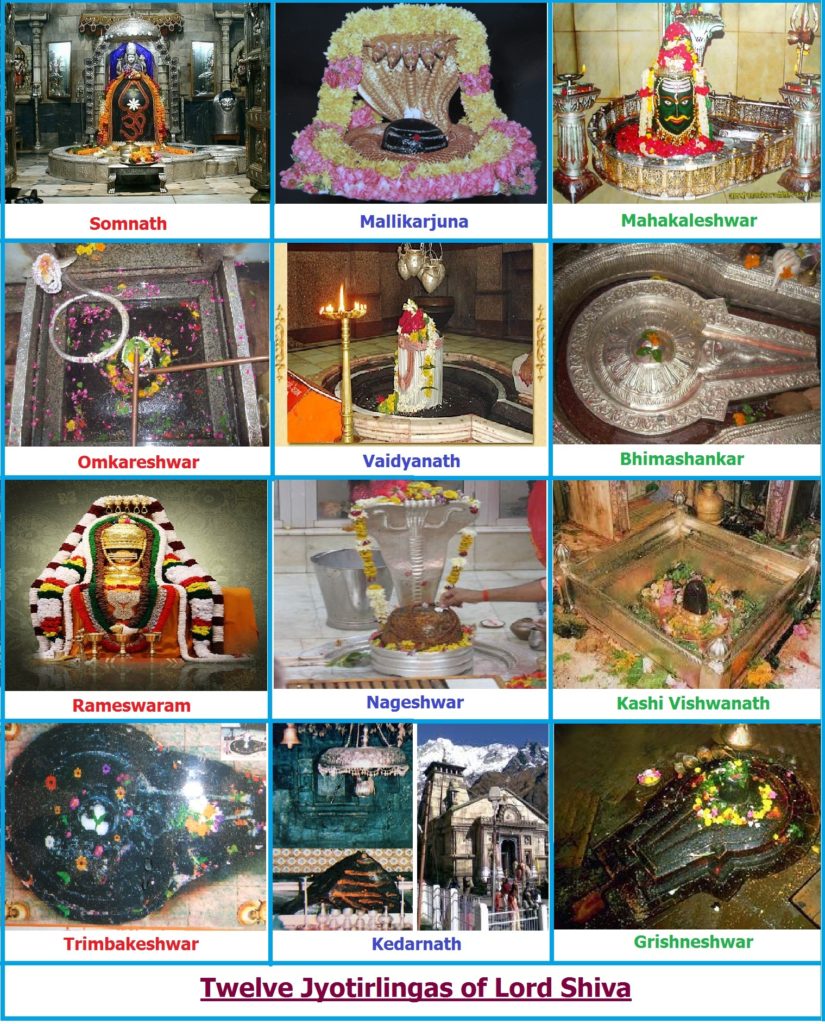Lord Shiva – Linga The radiant ‘Mahashivalinga’ is equal to the brilliance of one crore Suns. It is the manifestation and replica of Lord Shiva who has the inherent form of tremendous light. The symbol for the worship of Lord Shiva is ‘Linga.’ Whatever is visible to the physical eye in the creation is absorbed Read More
Ads Blocker Detected!!!
We have detected that you are using extensions to block ads. Please support us by disabling these ads blocker.

